The Commando role was born of the decision to mount vigorous raiding operations against occupied Europe as British forces were withdrawing from France in 1940. Special forces would be needed for this role. Lt. Col. Dudley Clarke suggested they be called “Commandos” after the Boer irregulars who had operated behind British lines in the South African War (1899-1902).
In June 1940, Winston Churchill appointed Lt. Gen. Sir Alan Bourne, then adjutant general of the Royal Marines, to the post of Head of Combined Operations, including the Commando forces. However, he held the post for only a month and was replaced by Admiral of the Fleet Sir Roger Keyes of Zeebrugge fame.
[text_ad]
Keyes had been the architect of the model Zeebrugge raid of World War I against German U-boat facilities. The irascible old admiral had vast experience but stepped down after just over a year, feeling frustrated by red tape in Whitehall.
Sadly, the admiral’s son, Geoffrey Keyes, who served with No. 11 (Scottish) Commando, was killed during the November 1941 “Raid on Rommel”—an unsuccessful attempt to kill the famous field marshal. For his part in leading it, Lt. Col. Keyes was awarded a posthumous Victoria Cross, the first VC awarded to a Commando soldier.
Initially, 10 Commando units of 500 men each were to be raised. Volunteers were asked for from the Army Infantry Battalions of Home Command. The response was overwhelming.
The Royal Marines who, by tradition, should have been the obvious force for this amphibious role, were then manning coastal defense batteries and mustering in Royal Marine divisions against the likely threat of German invasion. The first Royal Marine Commando units were raised in 1942.
The First Commando Raid
The first major Commando raid went against the enemy occupied islands off Norway in March 1941. Commando forces took part in all the major actions of World War II in Europe––including the spectacular raid against the German-held St. Nazaire harbor––and many in the Far East, as well as many smaller specialist operations. Their training centered on a high degree of physical fitness and the ability to operate behind enemy lines in small groups. Also raised were the Special Boat Section (SBS) Army, and the specialist Canoeists from the Royal Marines, who would later come under the umbrella of the Commando forces.
On October 27, 1941, Churchill appointed the dashing Captain Lord Louis Mountbatten, RN, to command Combined Operations. A much younger man than Keyes, he had the drive and diplomatic skills to push aside the Whitehall “Armchair Generals.” In 1943, he broke up the old Royal Marine divisions and diverted their men to the Commandos and to crew the growing fleet of landing craft.
In 1943, Admiral Mountbatten moved on to become Supreme Commander South East Asia, where his skills were badly needed. (He would be assassinated by an Irish Republican Army bomb while sailing near his holiday home in County Sligo, Ireland, on August 27, 1979.)
General R.E. Laycock: “Perhaps the Greatest of Them”
Upon Mountbatten’s departure, Maj. Gen. R.E. Laycock, an original Commando soldier who Mountbatten felt was “perhaps the greatest of them,” took over Combined Operations. He had taken part in the Raid on Rommel and famously walked across the desert for 41 days to escape capture.
Laycock commanded No. 2 Commando Brigade in the Mediterranean Theater, taking part in the landings on Sicily and on the Italian mainland.
He remained chief of Combined Operations until the end of the war.
The Commando raids were so successful that Adolf Hitler issued his infamous Commando Order on October 18, 1942, which partly reads, “From now on, all men operating against German Troops as so-called Commando raids in Europe or in Africa are to be annihilated to the last man…. Even if these individuals on discovery make obvious their intention of giving themselves up as prisoners, no pardon on any accord is to be given.”
Britain disbanded the Army Commando Units in 1946. However, the Commandos live on to this day in the shape of 3 Commando Brigade, Royal Marines, which is still very much a combined-operations force with ranks serving in it from the Royal Marines, Royal Navy, and Army.
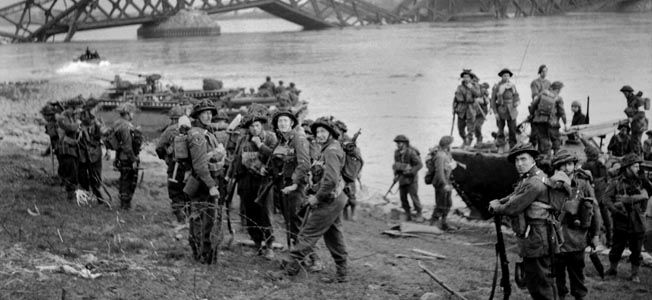
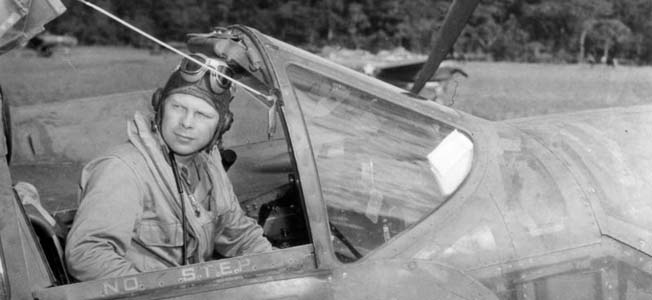
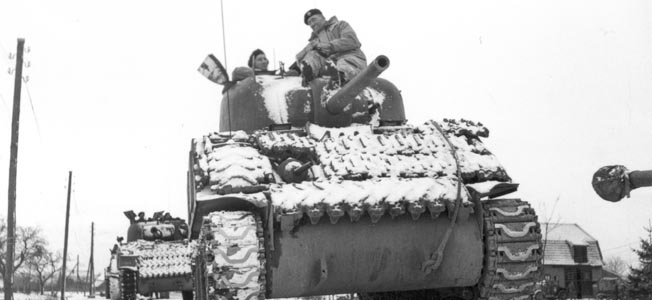
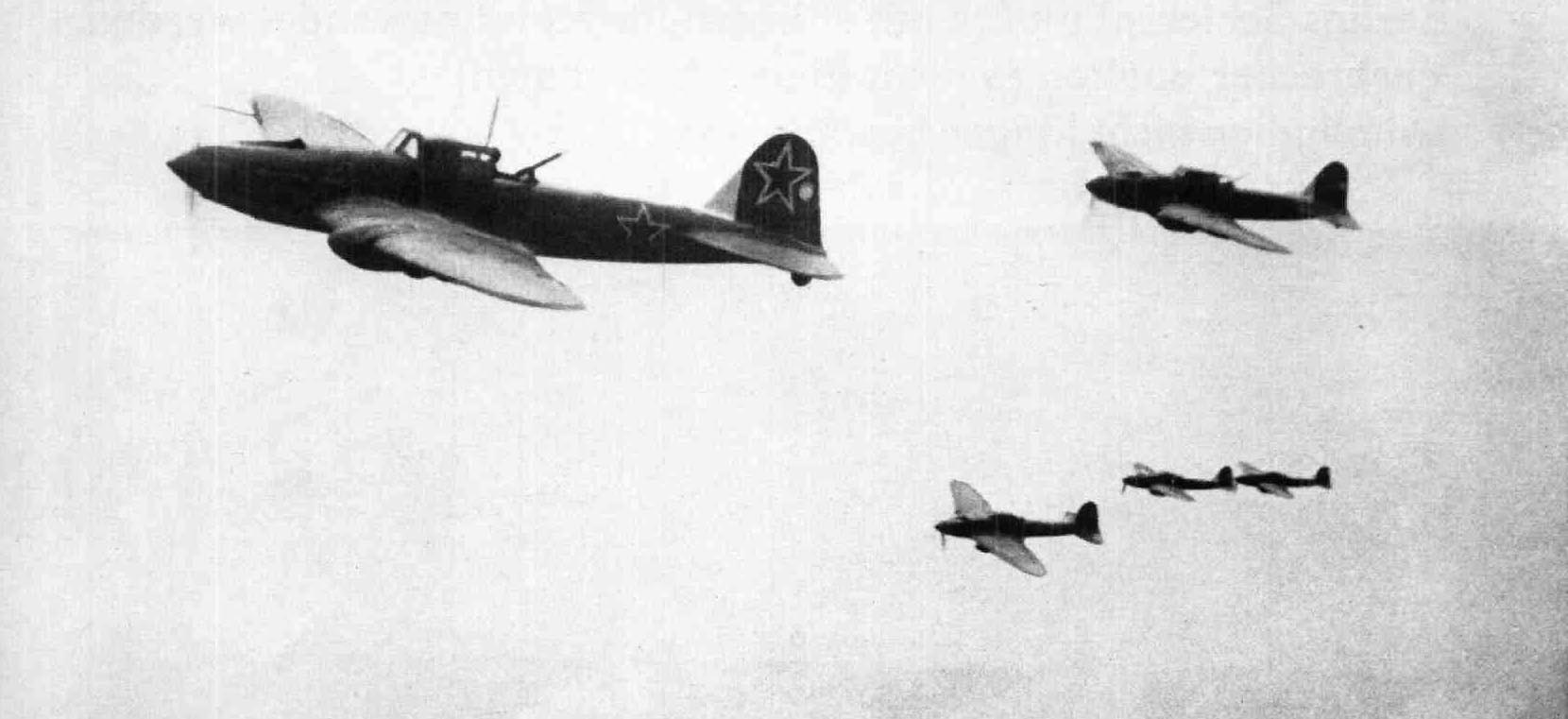
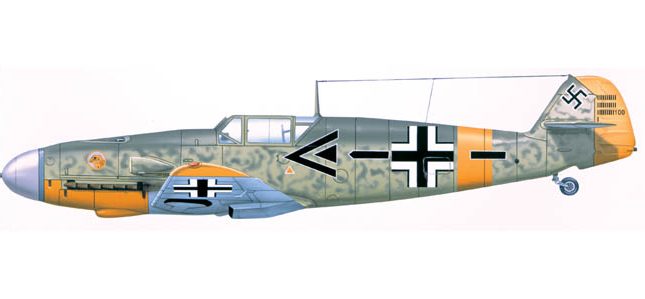
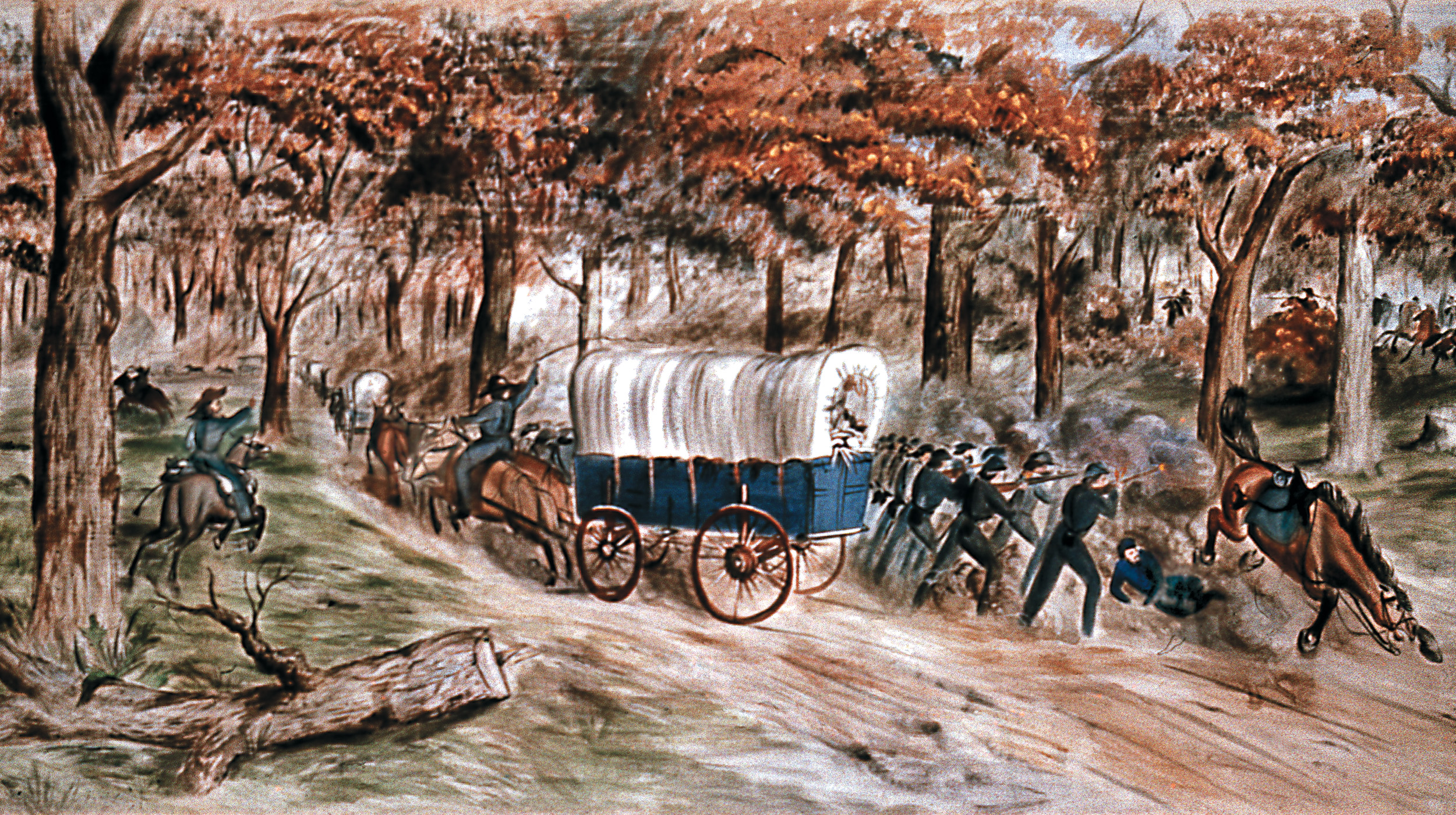
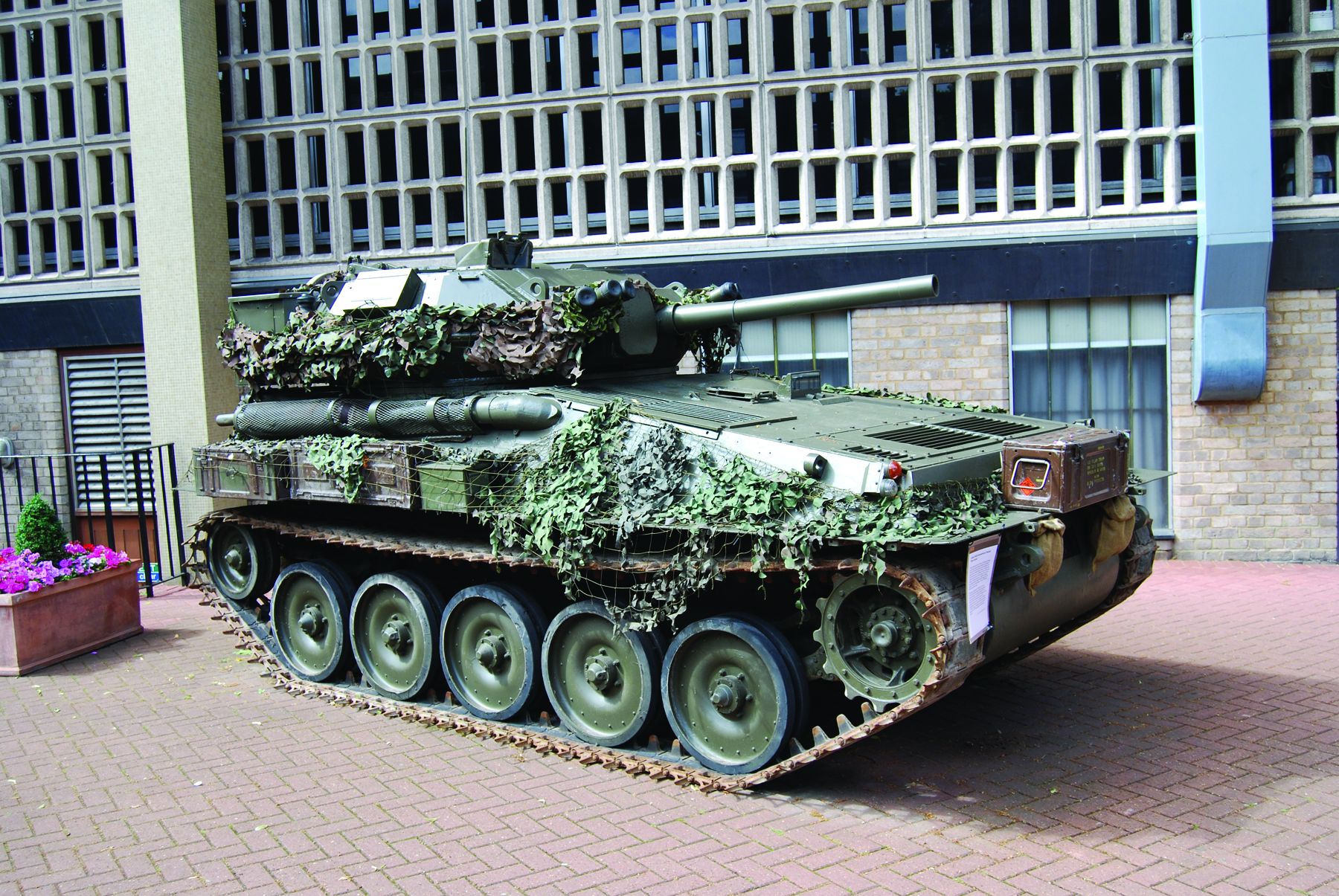
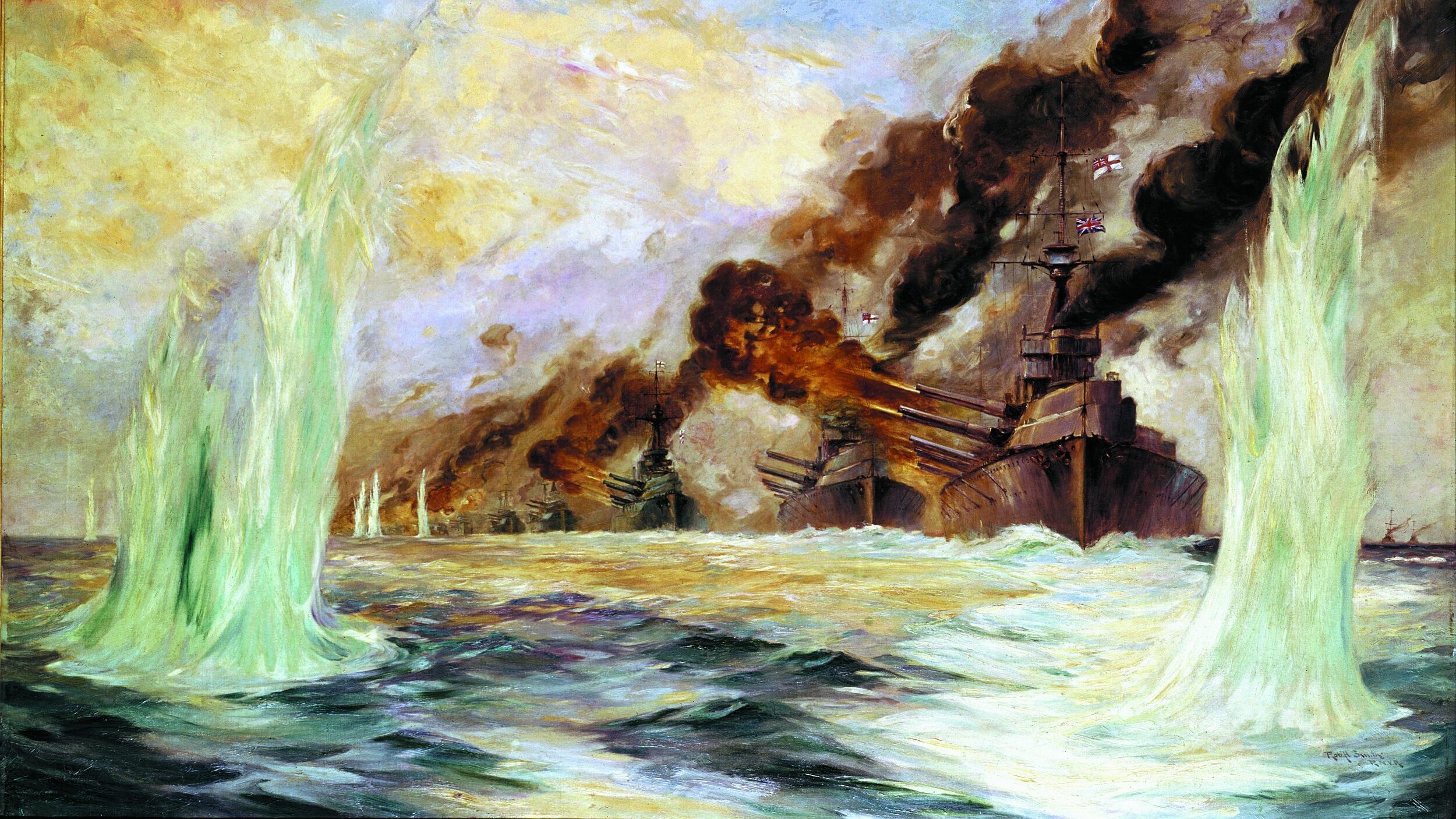
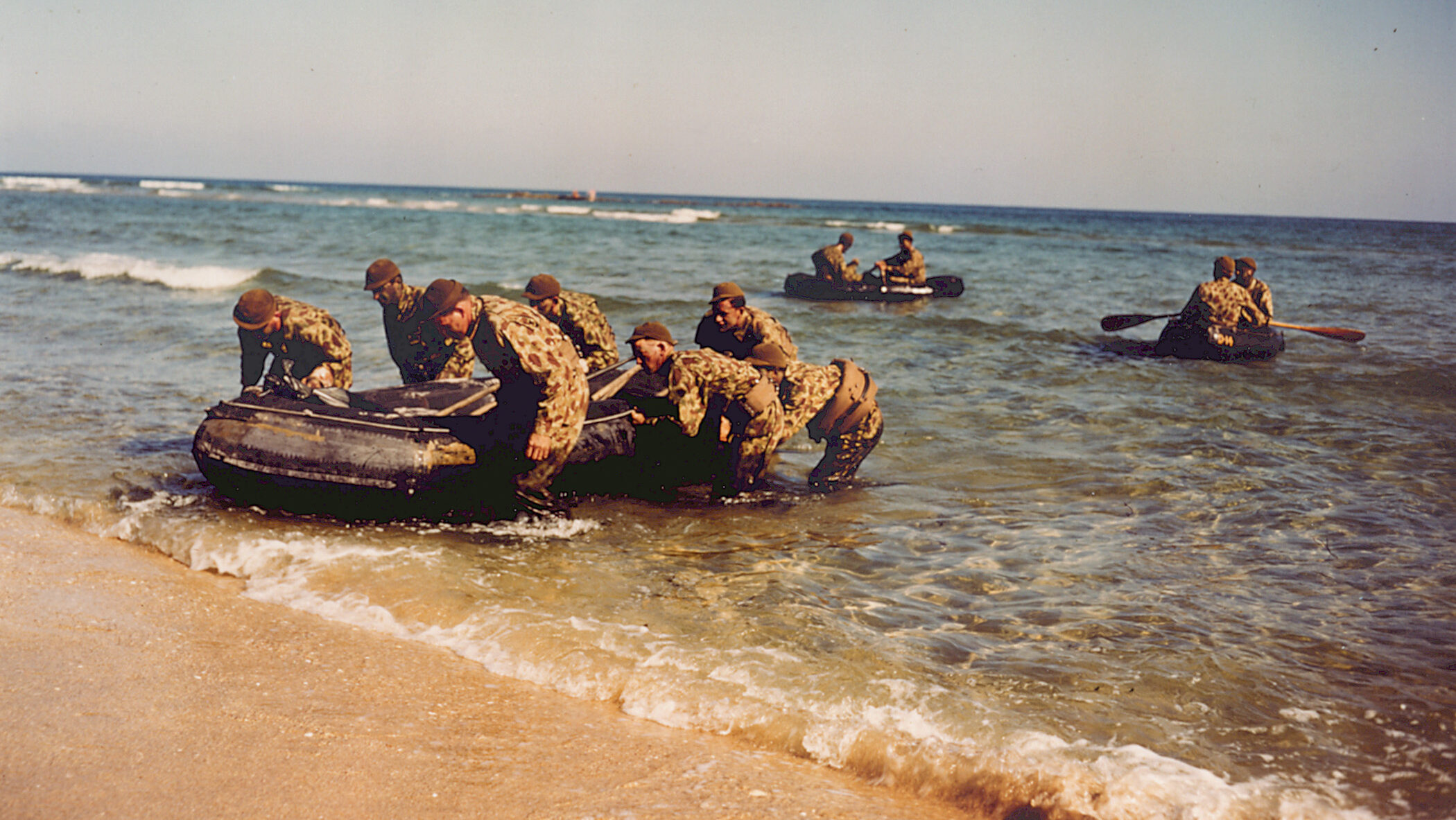
Join The Conversation
Comments
View All Comments